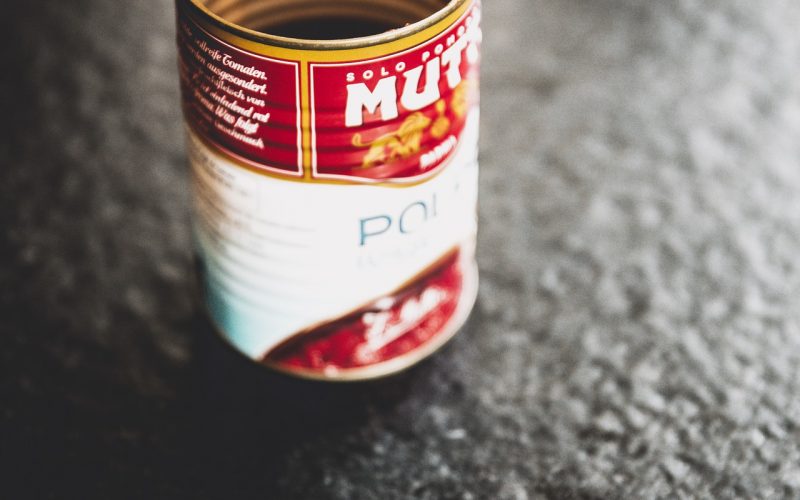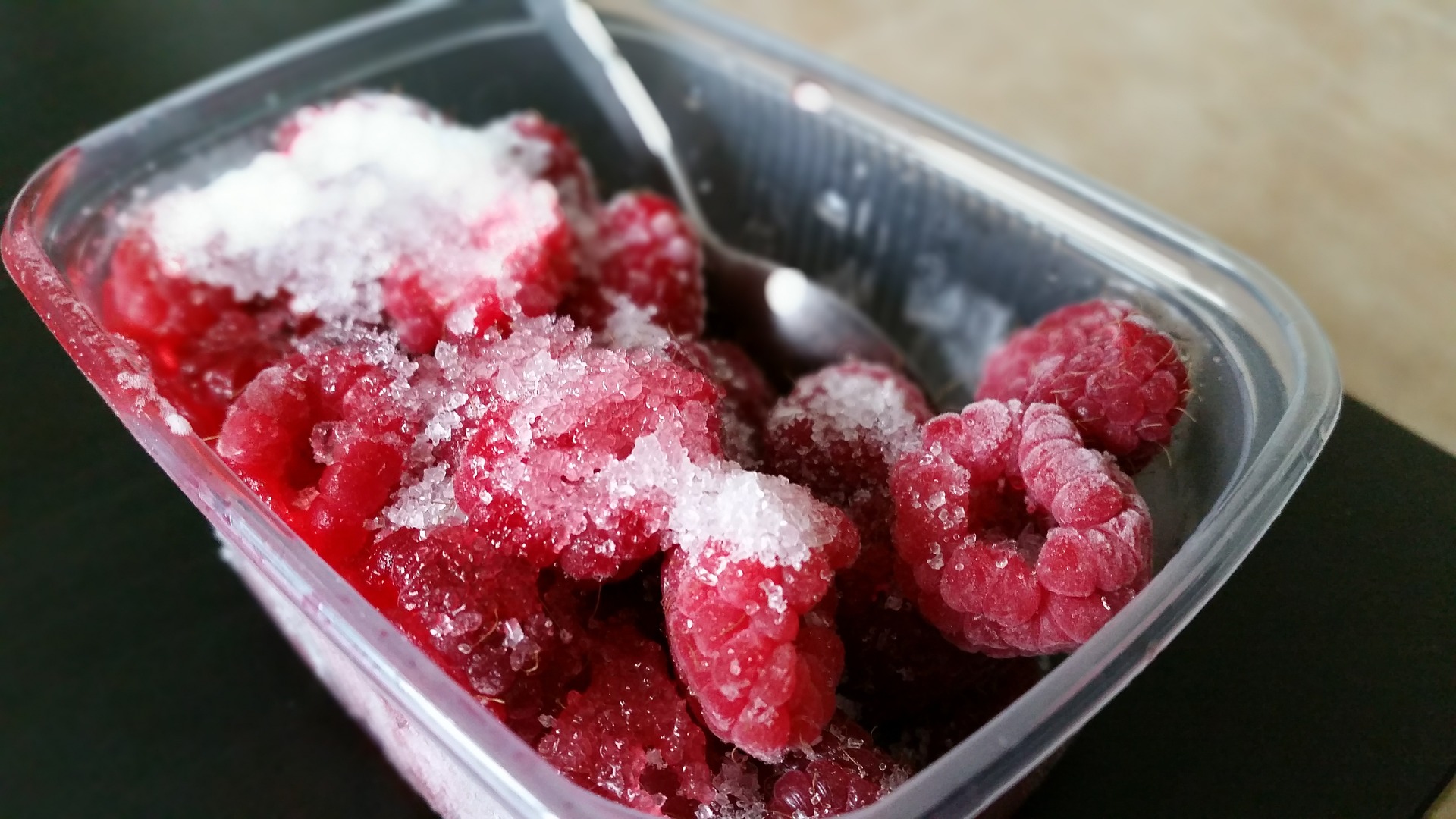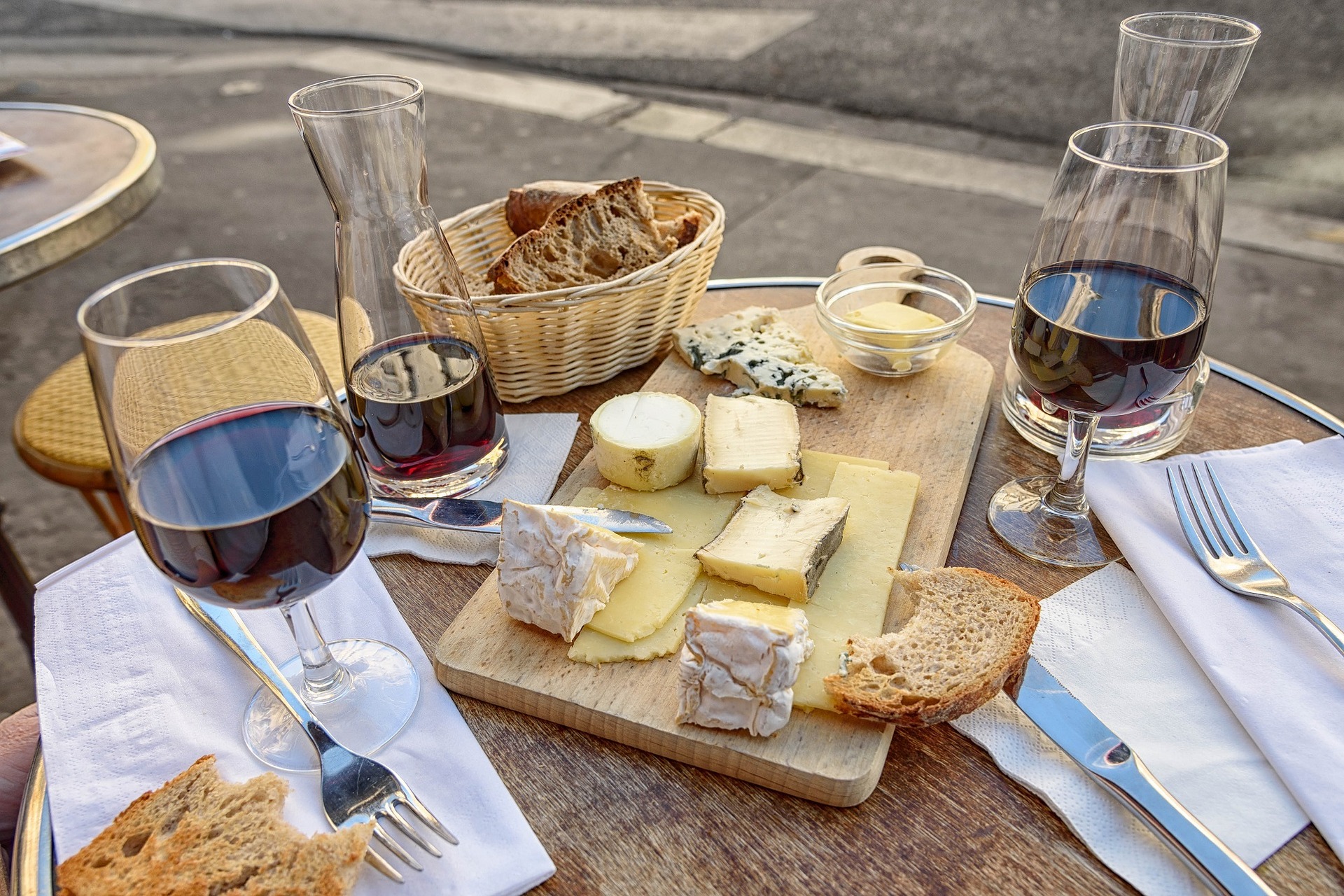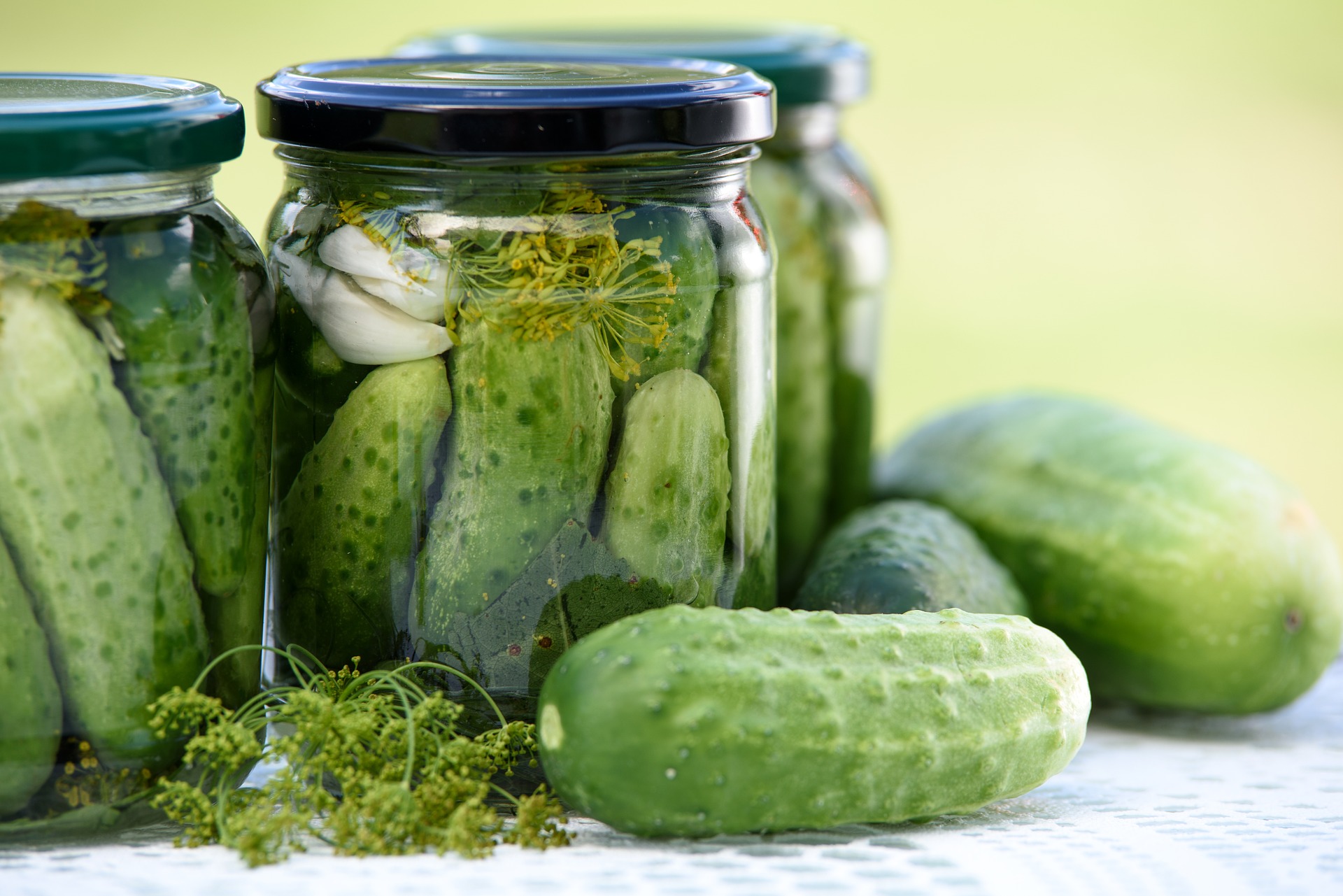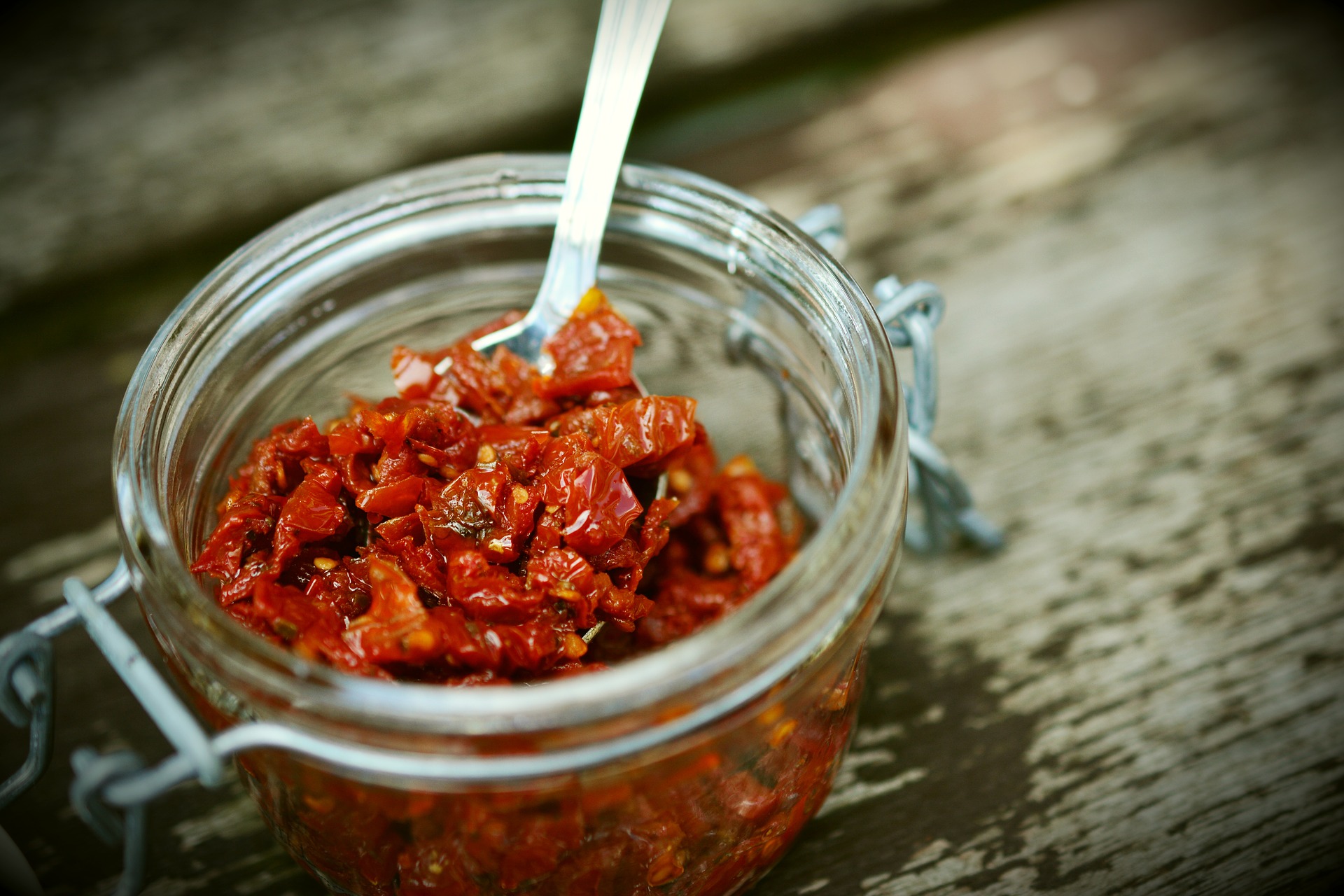By no means am I an expert when it comes to preserving food. I want to learn, but so far I haven’t tried most of the techniques available. So I thought instead of me just reading up on it and trying it some time I’d share the results of my research and my journey. Maybe some of you feel inspired and want to try a particular method.
I’m starting with canning. I already use a lot of canned foods in my cooking so I want to know how they’re actually made.
Canning is the youngest in all preserving methods and requires quite a bit of equipment and care. It basically means to preserve fresh produce in a sealed container with a fair amount of liquid. Today, tins are the go-to option for commercial canning but at home it’s all about glass jars.
Canning involves filling fresh food into a suitable container. Then the container is closed and heated up. This heating deactivates enzymes which would normally spoil food. It also pasteurises the food and forms a vacuum around it. This method allows the food to stay fresh for at least one year.
Methods
There are two different methods for canning: a boiling water bath and a steam pressure method. Which method is most suitable depends on the food to be canned. Foods with high levels of acidity can be canned with the water bath, low-acid foods need the steam-pressure method.
Generally speaking, high-acid foods are (most) fruits. These foods contain enough acid to keep bacteria growth in check without needing to be heated up above 100°C. Low acid food, however, require a bit more external assistance to keep bacteria from spoiling them. Low-acid foods include meat, poultry, seafood, milk, beans, and vegetables. With the help of a steam-pressure canner, harmful bacteria can be eliminated and the food will stay fresh (and healthy).
I don’t like scaring anyone but botulism poisoning is no ‘piece-of-cake’. Please check which category your food falls into and therefore which canning method is safe to use.
Equipment
It might come by no surprise that canning is the most equipment-intensive preserving method. It starts with the cans, jars and lids. You cannot reuse some old jars but there are special canning jars with two-piece lids. It is recommended to use newer designs, in particular, Mason jars.
Next comes the canner itself. For the boiling water-bath, a large stockpot with an insert seems enough. For the steam-pressure method however you must purchase a proper pressure canner.
There is more equipment, more or less optional, which ensures safe canning. Check this resource for an overview.
How NOT to can
It’s not my place to tell you how you can can. I’ve never done it so I really cannot speak from experience. I think it’s worthwhile though to mention a few things to keep in mind when attempting to can.
Don’t use old recipes! As a food preserving method, canning is very new and still in constant research. There are new insights and therefore old recipes should be avoided.
Don’t change tested recipes! Canning doesn’t give as much room to experimentation as other food preserving methods do. Recipes should be followed to ensure that food is safe to eat and store well.
Don’t make up recipes!
Don’t try to measure the acidity level at home! The pH level (aka the acidity level) can only be safely terminated in a lab because it will change during the canning process. The advice is therefore strictly against trying to measure acidity at home.
Don’t use old jars! This advice goes particularly for the sealing in jars. Any rubber can (and will) deteriorate and it is therefore not safe to keep reusing old jars. The advice goes so far to buy new lids for every canning season.
Don’t use anything but proper canning equipment! Aynthing other than a boiling water-bath canner or a steam-pressure canner cannot ensure safe canning.
Final words
Canning is an awesome method to preserve food for a long period of time and to do so with little to no added ingredients. I want to try it because I believe it is a good method to keep produce fresh longer and it eliminates any thawing and special storage.
However, canning comes with a high price tag. It is certainly an investment and something to be sure about.
If you’re interested, do your research. I recommend to start with Carole Cancler: The home preserving bible (a living free guide). Penguin Group Inc. 2012. The book as a detailed section on canning and some good recipes to get started.
I’ll be reporting back once I’ve done my first round of canning.
